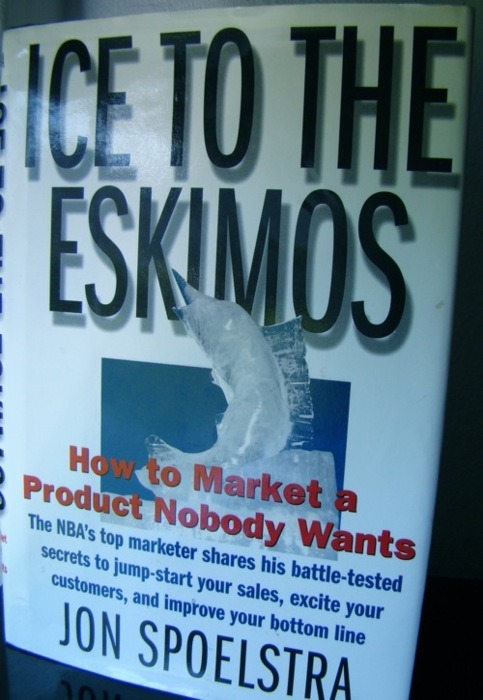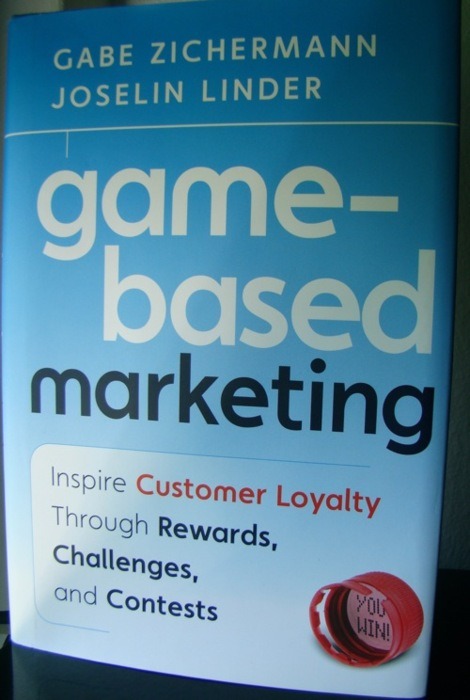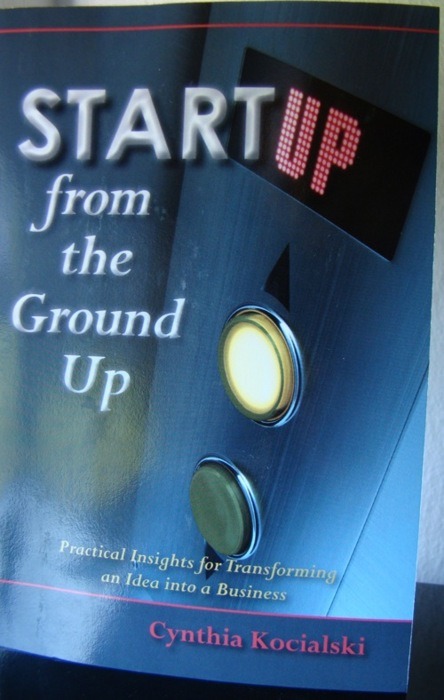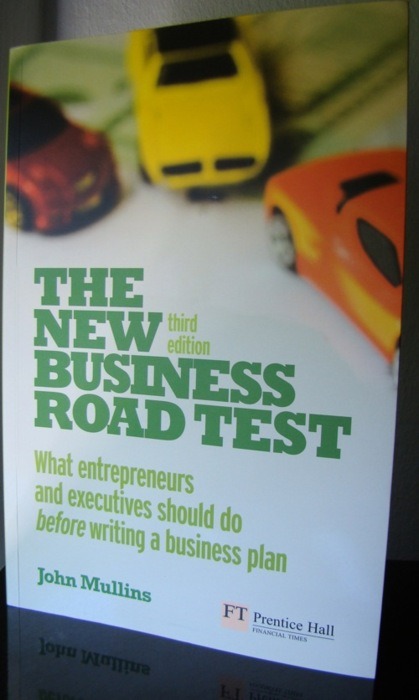
What is it about?
So, you got the worst NBA team and now it’s time to fill their stadium and actually make money. Too hard? Ask Jon Spoelstra who achieved this with the New Jersey Nets.
What can I learn?
The Quick Fix Silver Bullet: What would you do first? Buy a new team? Run commercials? There is an easier way. Increase the frequency of purchases of your existing customers. Use direct mailing and send them special offers. Spoelstra created special packages for the top games, i.e. when the NJ Jets played against the Dallas Mavericks or Chicago Bulls.
Make your customer a real-life hero: This idea is ingenious. Jon Spoelstra had to sell sponsorships for a lousy NBA team. Everyone would be considered stupid if they would sponsor such a team. How did Spoelstra did this? He made the people who bought sponsorships real-life heroes. The New Jersey Nets sent the CEOs of the sponsoring companies and their contact person high-quality prints which included pictures of every appearance and showed how much impact they had. This impressed the CEOs and often led to the promotion of the contact person.
Make it too good of a deal: If there’s no recognition of value, price cuts won’t increase your sales enough. However, you can increase the value of your offering. Spoelstra added baseball caps or a meal to the tickets. A all-you-can eat buffet and five tickets for a game for just $29. That’s a deal too good to be true!
Conclusion
I just covered three of nineteen chapters and they are nearly all great. Ice to the Eskimos impressed me extremely and was interesting although I have no clue about the NBA. I think this book is was Attention! wanted to be – clever, unusual and stuffed with actionable advice. Recommendation!



